Hey RMA crew! Just last week… I was treating one of our runners whilst having a chat about the body (I consider myself a bit of a body nerd… just quietly!) This particular athlete is studying Exercise Science and asked, “Do you think you can actually stretch the ITB?” GREAT question! It actually causes some debate. We, as runners often get ourselves in crazy positions to try and help our knee pains by stretching our ITB; but does it actually help?
To answer the question, first of all you have to look at the structure of the Iliotibial Band:
- Basically it’s a fibrous band of connective tissue running the length of the outside of the hip.
- At the top there are two muscles being the TFL and gluteus maximus, attaching into ITB.
- At the knee it crosses to insert onto the top of the shin bone (tibia).
- In addition, the ITB is actually anchored along most of the length of the thigh bone. So stretching it is going to be kind of like trying to get length into a tyre on a Mac truck! (Fun doing that equals ZERO). Research shows us that ITB length changes very little, less than half a percent! (Falvey et al, 2010).
Does all this mean we don’t bother about stretching our ITB’s? Definitely not! If we advocate stopping stretching ITB, we are thinking of an injured area in isolation and that’s not how the body works. The body and the way it moves is the sum total of all strength, length, tension…. EVERYTHING!
If you have an ITB knee injury, it is compressing on the lateral epicondyle (at the knee). Here’s why; It’s likely that your glutes aren’t firing so well in inner range, you might drop through your feet (pronate) increasing torsion through the thigh. Your quads might be switching off as you land causing you to sink through the knee.
All these risk factors will put force along the layers of connective tissue (called fascia) surrounding and interwoven throughout the body. There is a fascial trail from your foot, outside of the calf through the ITB then up your torso. So if the ITB ‘SYSTEM’ is not functioning then you want to address length and strength leading into the sore area.
Stretching is a great tool to help optimise both the ITB and the fascial trail leading into the area as well as key muscles. Glute max, TFL at the top end and even peroneals through the outside of calf.
So, as a runner, can you stretch your ITB to help your knees? The answer is yes…
Minimally…
The key is to address the entire system, this is a Body Leadership principal we need to understand and follow as runners.
In our next post I will look at the best stretches for ITB as a ‘system’ before we dig a little deeper to explore other factors we need to fix our knees for our running life.
Hope this helps guys!
Just a quick shout out to our good friend, RMA Shona Stephenson who is back killing it in the ultra trails winning Blackall 100 for the third year in a row! Massive effort!! Congrats!!
Remember, being Injury Free is YOUR running culture. Keep working on it!
Have a great week RMAers!
Paul
Paul Trevethan (Physio)

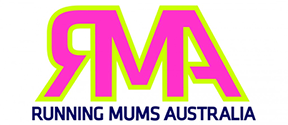

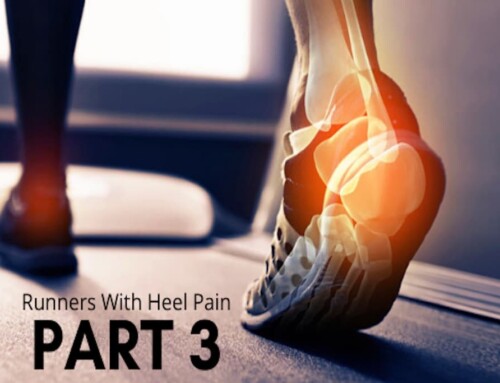
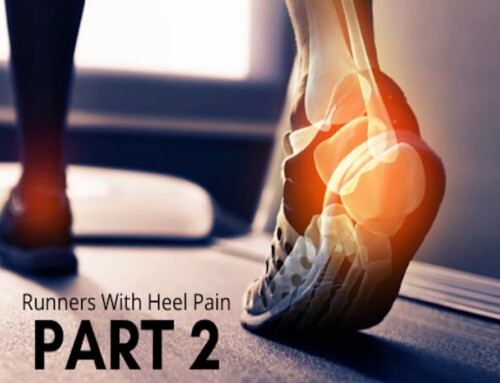
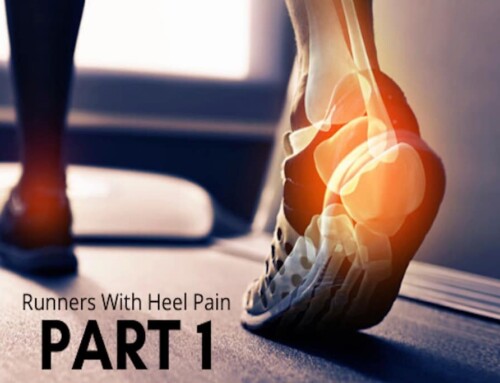
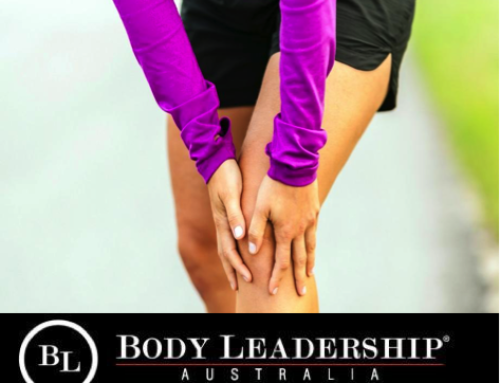
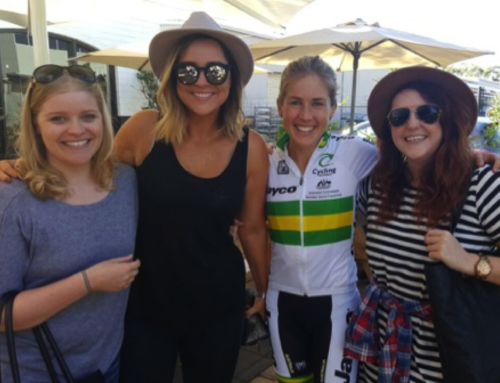
Leave A Comment